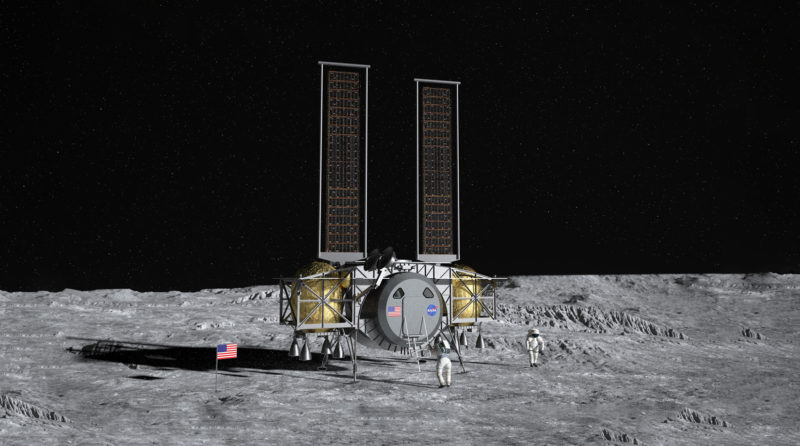
With the newly-inaugurated Biden Administration having signaled its tentative support for the Artemis Program—the effort to return humans to the Moon for the first time since the end of the Apollo era—NASA’s efforts to down-select three candidate Human Landing System (HLS) designs to two is turning into a tight competition, with Dynetics of Huntsville, Ala., having confirmed Thursday that it has completed the Preliminary Design Review (PDR) of its concept.
Alongside SpaceX and the Blue Origin-led National Team, Dynetics was selected by NASA last April , with an expectation that two of them would be picked “for development and maturation of sustainable lander systems, followed by sustainable demonstration missions”, later this coming spring.
Efforts to return humans to lunar distance for the first time in five decades attained a new level of seriousness back in December 2017, when former President Donald Trump signed Space Policy Directive-1 and authorized NASA to proceed with efforts to plant U.S. boots on the Moon by 2028. Two years ago, this already audacious target was moved forward to 2024, although recent delays experienced in the “Green Run” test campaign for the first Space Launch System (SLS) rocket—and its impact on the uncrewed Artemis-1 test flight—has made that date increasingly untenable.
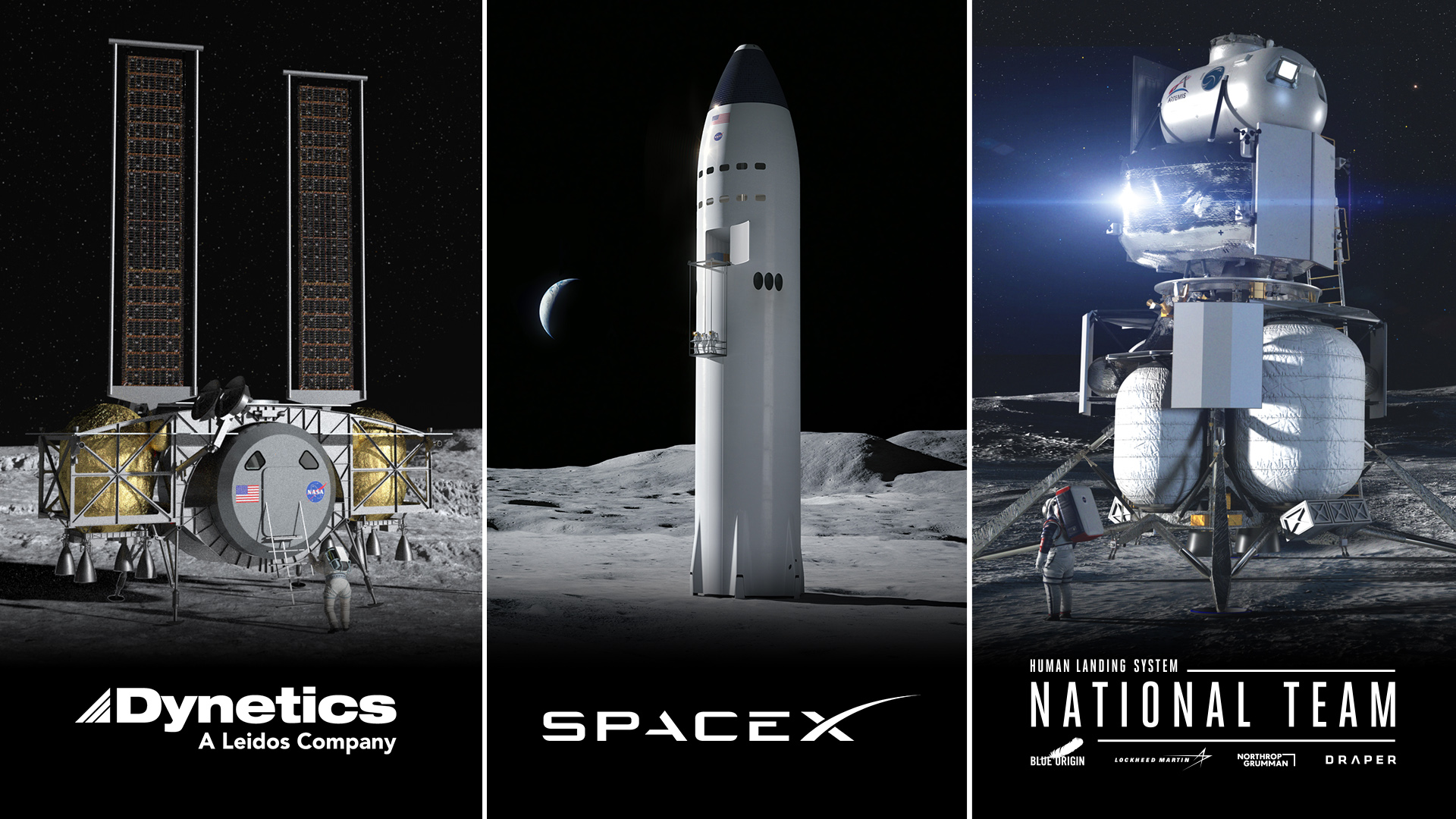
In the meantime, in December 2018 NASA unveiled plans to work with U.S. companies “to design and develop new reusable systems for astronauts to land on the lunar surface”. The agency’s former administrator, Jim Bridenstine, remarked at the time that such plans would require the fostering of relationships with not only commercial entities and U.S. industry, but also international partners, in order to return to the Moon in a sustainable fashion.
Having issued a formal request for proposals for HLS systems, NASA announced in May 2019 of 11 companies—Aerojet Rocketdyne, Blue Origin, Boeing, Dynetics, Lockheed Martin, Masten Space Systems, Northrop Grumman Innovation Systems (NGIS), OrbitBeyond, Sierra Nevada Corp., SpaceX and Space Systems/Loral (SS/L)—to conduct studies and produce prototype human landers for the Artemis program, with a plan to land the first crew at the Moon’s South Pole by 2024 and establish sustainable missions to our nearest celestial neighbor by 2028.
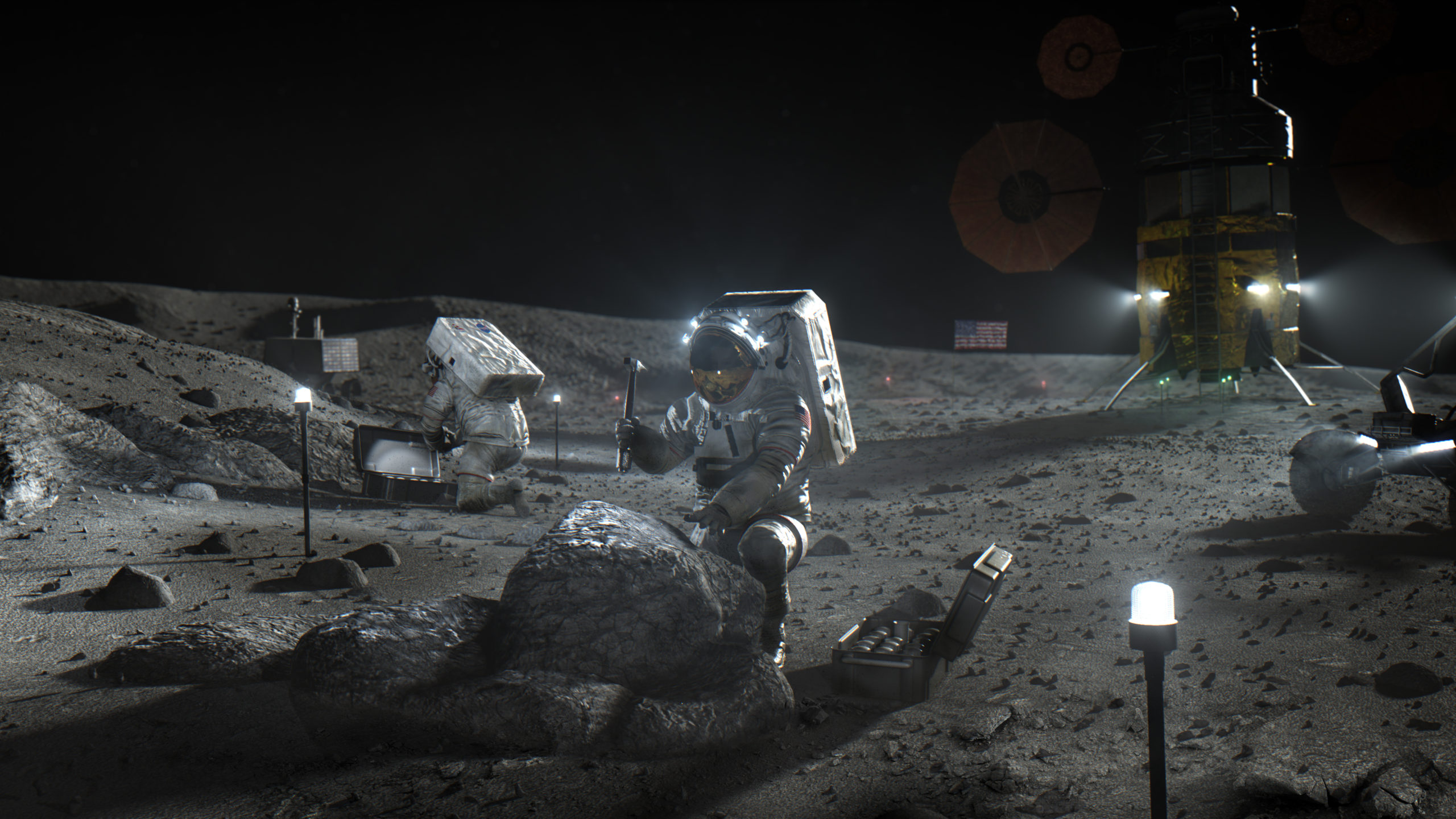
The contracts were awarded through the Next Space Technologies for Exploration Partnerships (NextSTEP) and gave each company six months and a total award of $45.5 million to study and develop prototypes. As NextSTEP is a public/private partnership, the companies were required to contribute at least 20 percent of the total project cost, in order to reduce taxpayer costs and encourage early private investment in the lunar economy.
“Our team has been tasked to begin designing prototypes of some Descent Element components and complete several hardware development tasks related to this element,” Andy Crocker, Dynetics’ director of space strategy and lunar program manager, said at the time. “We will conduct propulsion hot-fire tests, perform demonstrations of cryogenic fluid management technologies, improve the reliability of our avionics for spaceflight and take critical steps to develop our guidance, navigation and control system.” Mr. Crocker added that Dynetics’ “agile” team of experts was specifically focused upon “affordability and lean system integration” to ensure “long-term sustainability”.
In September 2019, NASA opened a formal call to industry for proposals for a new HLS system. “The first company to complete its lander will carry astronauts to the surface in 2024,” the agency noted, “and the second company will land in 2025.” This exceptionally short timeframe was made possible in part through the removal of “potential barriers to speed”, including less formalized means of assessing critical contractor data and minimal administrative overheads.
Finally, on 30 April of last year, HLS contracts with a total combined value of $967 million were awarded to Dynetics, SpaceX and the Blue Origin National Team under the NextSTEP-2 Appendix H Broad Agency Announcement (BAA). All three competitors would participate in a ten-month “base period”, of which the first three months were spent understanding their respective designs, with an anticipated “down-select” from three to two at some point after February 2021. That decision is now expected in the coming weeks.
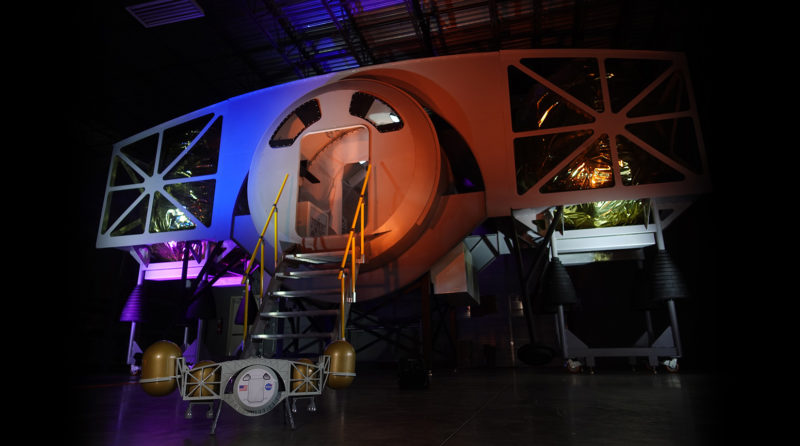
Dynetics’ HLS includes a crew module which can transport a pair of astronauts to and from lunar orbit and provide them with a habitat on the surface for about a week. Alternatively, it can ferry up to four fully-suited astronauts to or from the Moon’s surface. It can be launched in a fully integrated capacity atop an SLS Block 1B or, for commercial missions, aboard a United Launch Alliance (ULA) Vulcan-Centaur.
Last September, Dynetics and Huntsville-based subcontractor LSINC finished building a low-fidelity test article for its HLS. Known as the Dynetics Human Landing System (DHLS), it permits testing and evaluation across the entire engineering lifecycle, with teams using it for Human-In-The-Loop (HITL) task identification and analysis, the assessment of net habitable volume, crew module accommodations, the placement and orientation of various components and the system’s overall habitability.
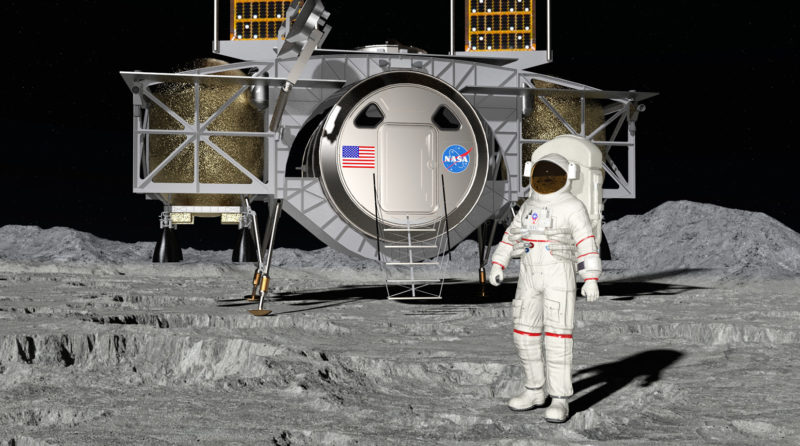
It includes the crew module, together with ascent and descent propellant tanks, the large deployable solar arrays—perhaps the most visually distinct feature of Dynetics’ design—and an Autonomous Logistics Platform for All-Moon Cargo Access (ALPACA). Described as a “low-slung” design, with its crew module positioned very close to the ground after touchdown on the Moon, Dynetics’ concept is expected to provide “easier and safer access to the lunar surface”.
Last month, Dynetics submitted its proposal for Option A of the HLS and wrapped up the HLS Continuation Review, a critical milestone during the ten-month base period, which NASA will use to assess its progress on early design efforts, hardware and software development and program planning. It has also been putting its HLS main engines and Reaction Control System (RCS) engines through their paces at its propulsion test site and at NASA’s Marshall Space Flight Center (MSFC), both in Huntsville.
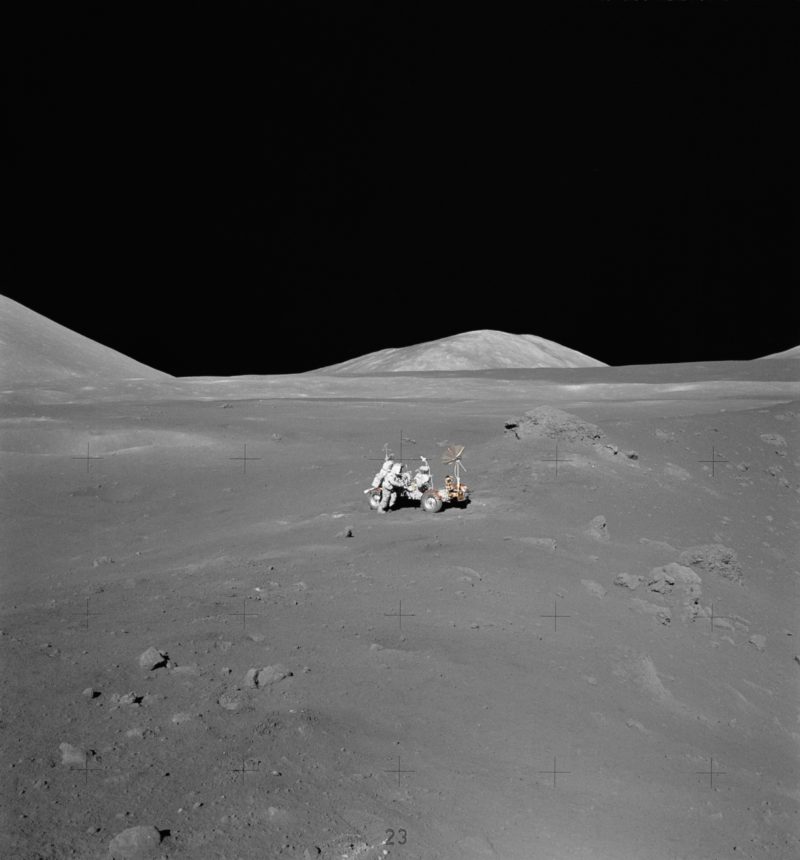
And yesterday, Dynetics announced that it had successfully completed the Preliminary Design Review (PDR) for the HLS, affording NASA greater insight into the design of the vehicle itself. “This review, a culmination of nine months of intense design and analysis, included a robust portfolio of development and risk-reduction testing,” said Robert Wright, Dynetics’ HLS program manager. “The PDR demonstrated that our team’s preliminary lander design meets all the system requirements with acceptable risk, while remaining within current cost and schedule constraints.”
Counting last fall’s completion of a System Requirements Review, a Certification Baseline Review and the Continuation Review, this is the fourth HLS-focused review to be completed by Dynetics during the base period. “This is another step toward the lunar surface,” said Kim Doering, Dynetics’ vice president of space systems. “The PDR confirmed that our team is ready to proceed with a detailed design as we approach the next milestone, Critical Design Review. This is yet another notable review that brings us one step closer to landing the next Americans on the Moon.”




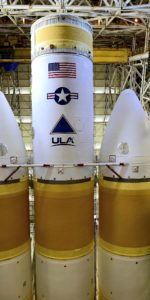

As long as the one they eventually decide upon makes for a good model kit of it, I’m okay with whichever one they pick.